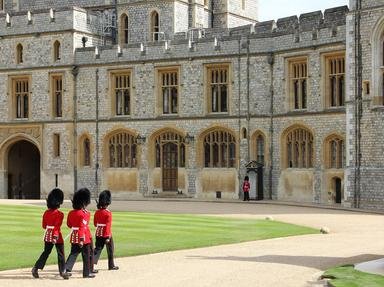
Monarchical Nicknames in England and Britain Quiz
Kings and queens sometimes get nicknames based on their appearance, their actions, or their likability. For this quiz, choose nicknames monarchs of England and Britain have been given since the first Saxon kings developed the monarchy in the 9th century.
A collection quiz
by Trivia_Fan54.
Estimated time: 3 mins.